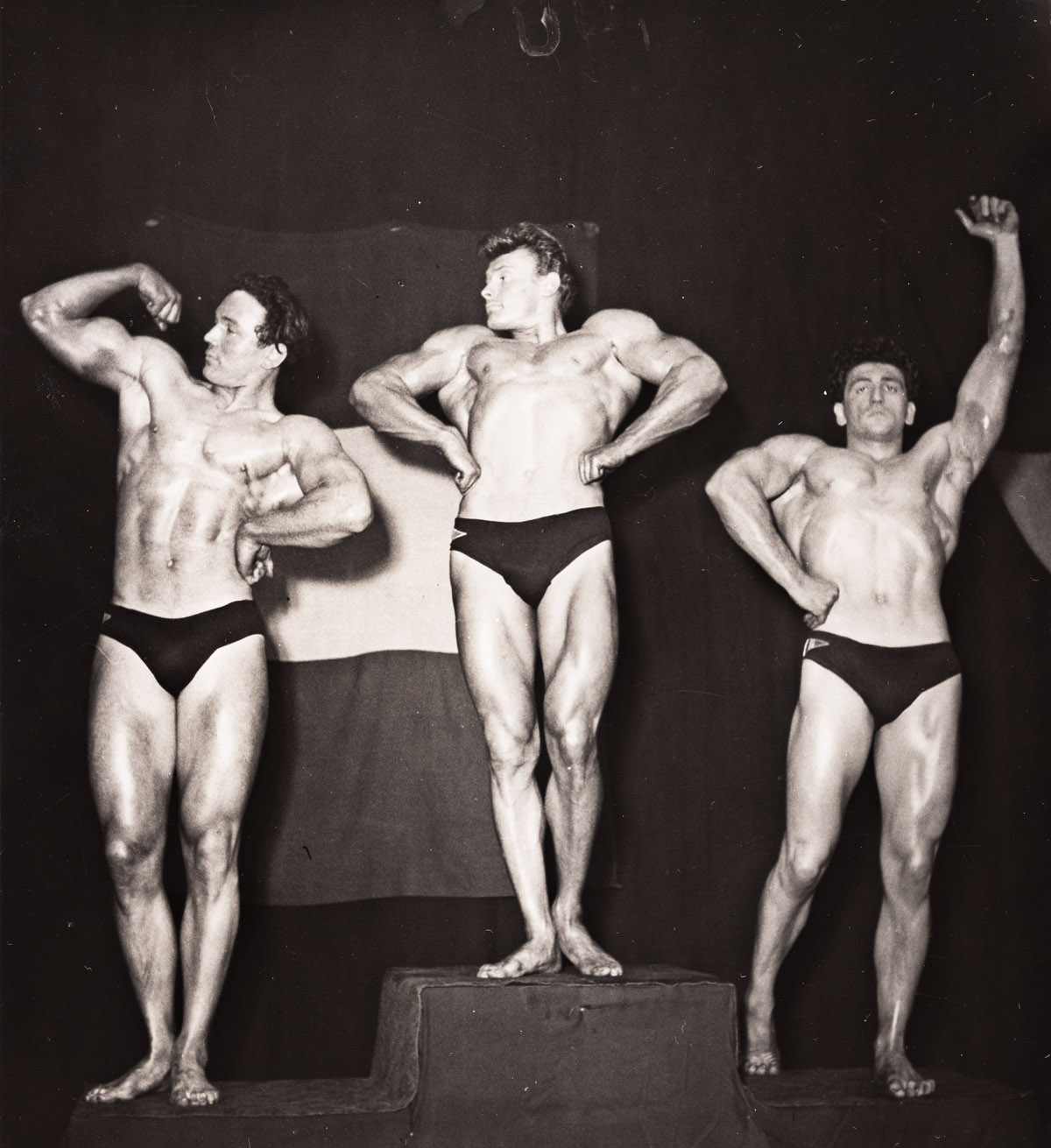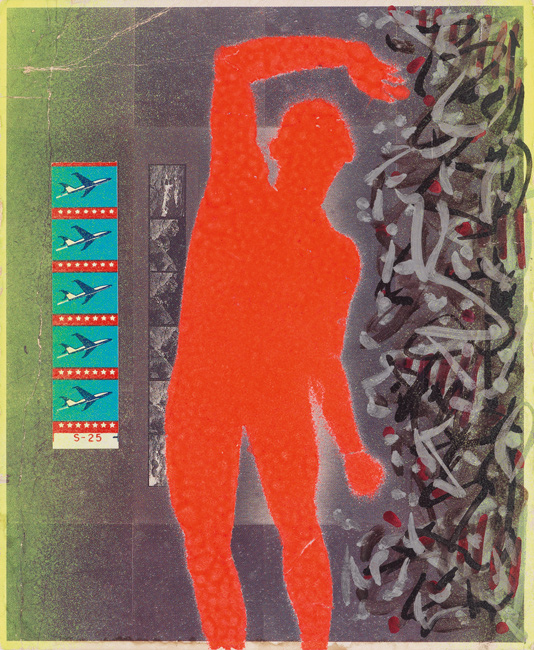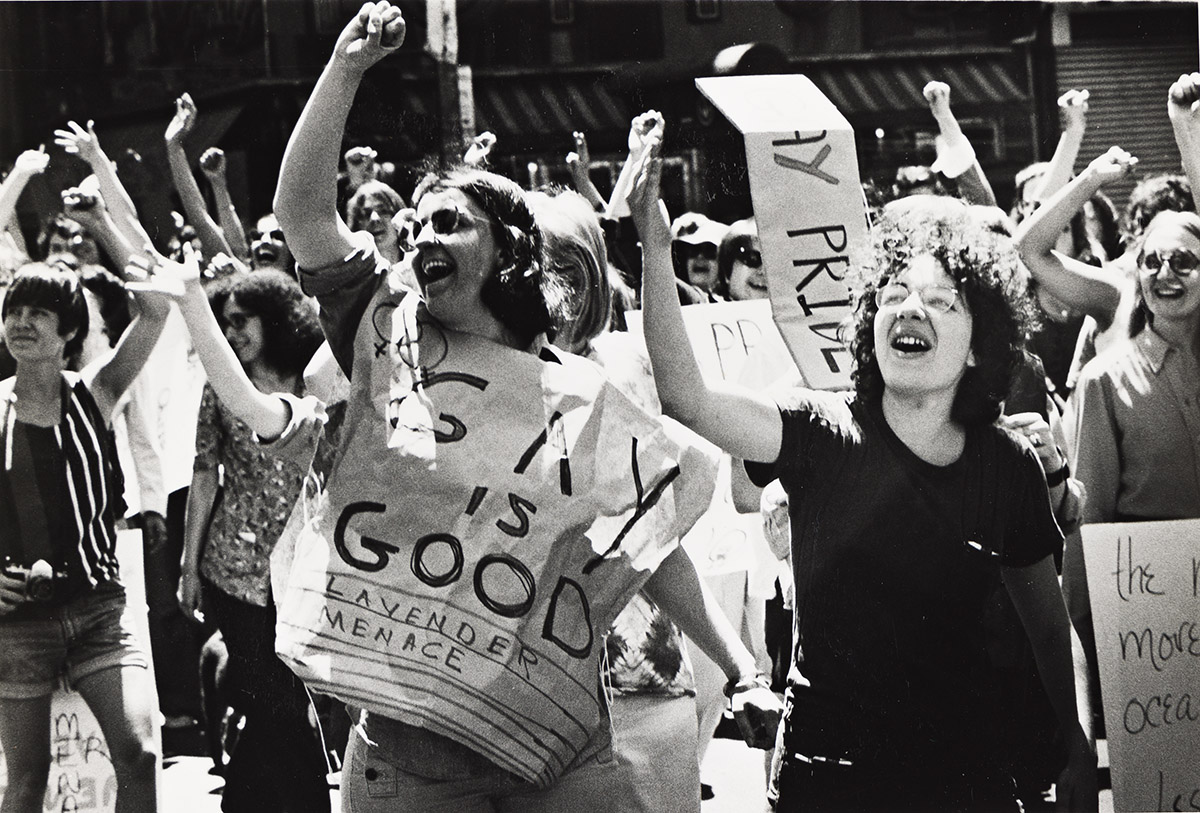Artist Profile: Lili Elbe
Lili Elbe was a Danish painter, trans woman, and one of the earliest recipients of gender-affirming surgery in 1930. The child of Ane Marie Thomsen and spice merchant Mogens Wilhelm Wegener, Elbe was born in Velje, Denmark, in 1882. After meeting Gerda Gottlieb (Wegener) while they were both students at the Royal Danish Academy of Fine Arts in Copenhagen, the two married in 1904. After finding some commercial success as working artists in Denmark, the couple relocated to Paris in 1912 to join the vibrant avant-garde scene.

Art Practice
In art and in life, Wegener and Elbe broke boundaries of gender conformity; Elbe first explored her gender identity while posing as a woman for one of Wegener’s illustrations. Elbe began wearing women’s clothes after an instance in which one of Wegener’s models was absent, and Elbe filled in for her, wearing stockings and heels. By the 1920s, Elbe publicly presented as a woman and went by Lili. She was mostly known for her wide-angle landscape paintings, which were “considered distinctively masculine artistic choices within the Danish artistic context of the time,” according to Iolanda Munck of Daily Art Magazine. Many of Elbe’s works were composed in a Post-Impressionist style, often featuring wispy forms of trees and bodies of water that fluidly blurred into the sky.

Lili Elbe’s Art Market
Between 1991 and 2024, just 42 of Elbe’s unique works have been sold at auction. The first of Elbe’s artworks to hit the market was En fontaine, 1912, selling for only $151. Since then, Elbe has gained more recognition among collectors as her story has become a key piece of Pre-War queer/trans history. A new auction record was set in March 2024, with Elbe’s painting View From a Water Mill, In the Background a Pink House reaching $16,140 at a Copenhagen auction house. The artist’s works are mostly sold in Europe, with Belgium leading the market. Elbe’s most frequently sold works are paintings, primarily oil on canvas or board, and her work has appeared more frequently and at higher prices on the market since the beginning of the 2010s. Le Mail, Beaugency, France, 1923 (above), originates from when Elbe and Wegener resided in the artist’s colony in Beaugency during the 1920s. There are a number of paintings registered from this period and location, including Le pont sur Loire, Beaugency, 1924, and Beaugency, Tour de Cesar, 1924. It appears that Elbe stopped painting after transitioning, as the entirety of her body of work is dated before 1930 and signed with her previous name.

Later Life & Transition
In 1930, Elbe went to Berlin for gender confirmation surgery. She stayed at the Hirschfield Institute for Sexual Science and was evaluated by sexologist Magnus Hirschfield prior to undergoing gender confirmation procedures. After receiving gender-affirming care at the institute, her story became a sensation in German and Danish news publications. Within a year of her transition, Elbe was able to have her name and sex legally changed, which led to an annulment of her marriage with Wegener, as same-sex marriage was illegal in Denmark at the time. Unfortunately, due to the newness of gender confirmation surgery at the time, Elbe passed away in 1931 due to complications from her fourth surgery, a uterus transplant. In 1933, only two years after her death, Man Into Woman: An Authentic Record of a Change of Sex was published by Elbe’s close friend Ernst Ludwig Hathorn Jacobson, who used the pseudonym Niels Hoyer. Jacobson edited and compiled Elbe’s letters, diary, and dictated material for the biography, which now serves as a premier resource for both Elbe’s story and broader queer and trans history.













![Grace Meschery-McCormack shares about two copies of Fernando de Rojas’s ‘La Célestine,’ including a limited edition copy illustrated by Pablo Picasso.
At auction April 22. Learn more about the works at the link in our bio.
#Rarebooks #rarebookdealer #antiquarianbooks #auctions
_______________________________________
Music Credit:
Schubert - Piano Quintet in A major ‘The Trout’, D. 667 - IV. Andantino – Allegretto
Music provided by Classical Music Copyright Free on Youtube [https://tinyurl.com/visit-cmcf]
Watch: • Schubert - Piano Quintet in A major ‘...]](https://scontent-iad3-1.cdninstagram.com/v/t51.75761-15/491443494_18499096345036585_5935932878956098058_n.jpg?stp=dst-jpg_e35_tt6&_nc_cat=107&ccb=7-5&_nc_sid=18de74&_nc_ohc=u_iWjSzBq6AQ7kNvwGP43px&_nc_oc=Adm2-RoP-ycffpqdlTNCCefFvNYdnM4Jbat2wE7WtBletQyey5mIGvoT4Ix2A95fVyg&_nc_zt=23&_nc_ht=scontent-iad3-1.cdninstagram.com&edm=AM6HXa8EAAAA&_nc_gid=7KTns2lwrgGk7Gq_vzarxg&oh=00_AfHOPbB7N8aZaOxBiMKwhvtGhQzkMNLMxaEfoseP-2LXVQ&oe=681E3291)




